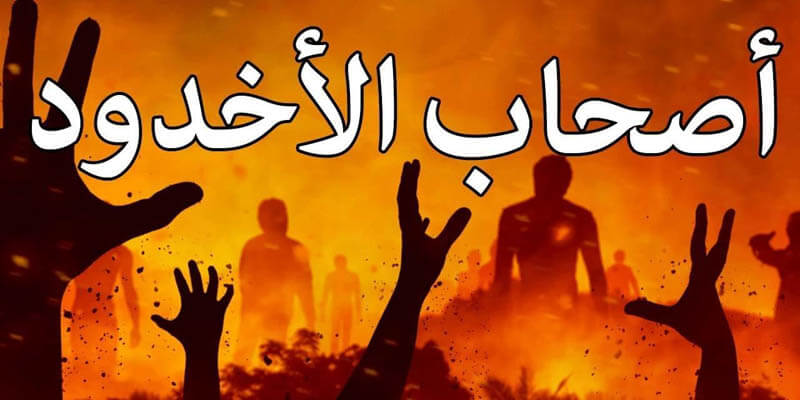So as I'm nearing 1k followers on Twitter while at the same time approaching my annual PhD progress review, I thought I'd make a thread of all my scholarly activities on Twitter the past academic year.
August 2: A small thread on the background of the name Laḫīʿa and its South Arabian pre-Islamic origins.
https://twitter.com/koutchoukalimar/status/1289902285070299137?s=20
July 31: A small back-and-forth about the origins of the Ethiopic script and its relationship to the South Arabian script.
https://twitter.com/koutchoukalimar/status/1289204225243832321
July 12: Shared a link to my blog, where I discuss whether or not Razihit and Faifi (spoken in North Yemen/Southwest Saudi-Arabia) are the last remaining Ancient South Arabian languages (spoiler alert: the answer is no)
https://twitter.com/koutchoukalimar/status/1282410936947613696
June 25: Made a thread about the representation of South Arabia in the grand strategy game Imperator: Rome, about what's good and what could still be a lot better.
https://twitter.com/koutchoukalimar/status/1276188603522134018
June 9: Discussed the discovery and edition of the sixth volume of Hamdānī's Iklīl, long-thought lost. In-thread, I added a few remarks about its most significant aspects.
https://twitter.com/koutchoukalimar/status/1270327057952669697
May 29: Somewhat more general (and not really immediately related to my doctorate): my opinion on the trope "orientalists are actively trying to dismantle Islam"
https://twitter.com/koutchoukalimar/status/1266260928393142272
May 26: Reflections on my first year of teaching full-time at college
https://twitter.com/koutchoukalimar/status/1265187239740481537
May 17: Can I describe the topic of my PhD using only words of one syllable? Almost.
https://twitter.com/koutchoukalimar/status/1261947209572134917
May 12: Link to my blog on the provenance of some South-Arabian-like inscriptions here at the University of Tartu.
https://twitter.com/koutchoukalimar/status/1259959101741764608
April 7: While watching Indiana Jones, I figured out the why Alexandretta is called al-Iskandarūna in Arabic.
https://twitter.com/koutchoukalimar/status/1254787090073579520
April 6: An overview of my talk on the transmission of South Arabian toponyms between Sabaic and Arabic. This is currently being turned into a proper article.
https://twitter.com/koutchoukalimar/status/1247210077699952641
Nov 13, 2019 (wow I wasn't doing much tweeting inbtw). A thread on how some Arabic religious terminology ended up in the Finno-Ugric languages of Central Russia
https://twitter.com/koutchoukalimar/status/1194669456670240768
Aug 31, 2019: On the history of the name Mārib and why it is spelled with a hamza in Arabic, which is not there in Sabaic.
https://twitter.com/koutchoukalimar/status/1167713944208924673
• • •
Missing some Tweet in this thread? You can try to
force a refresh
























